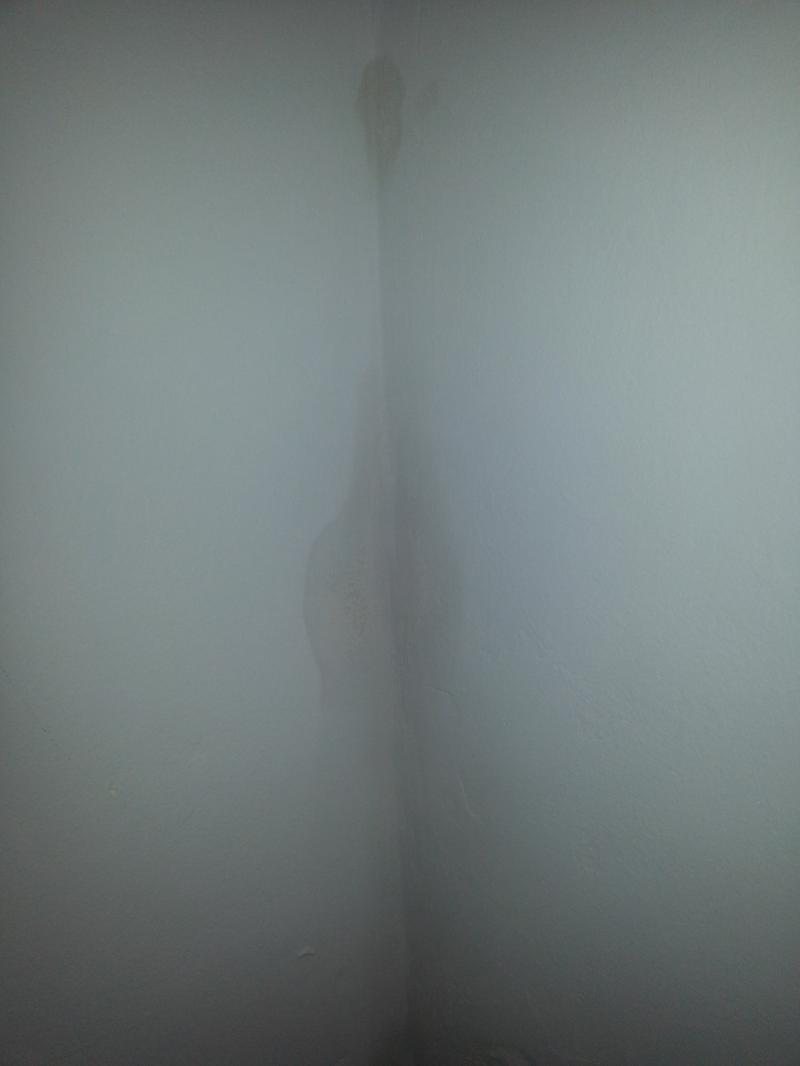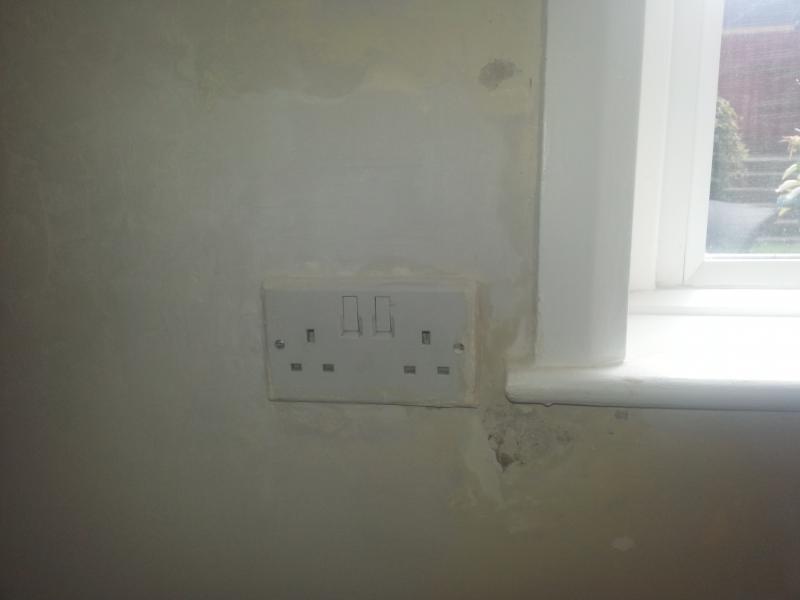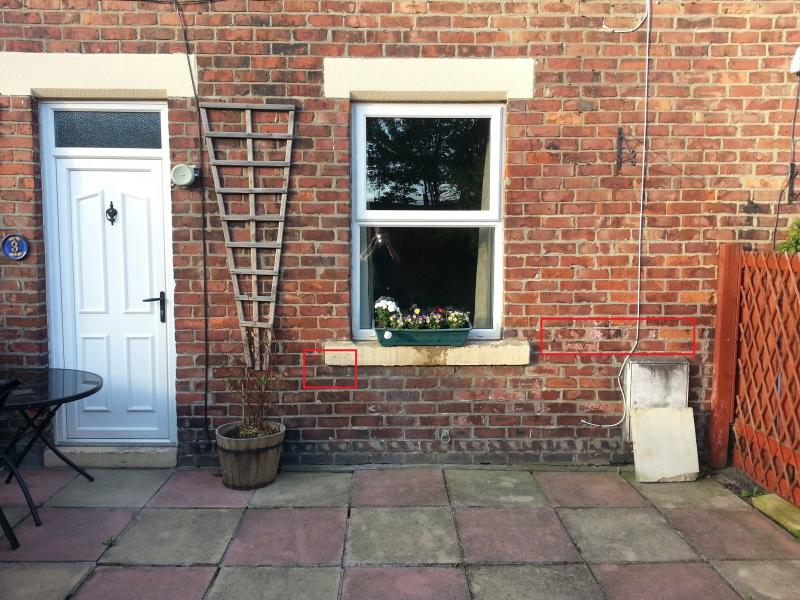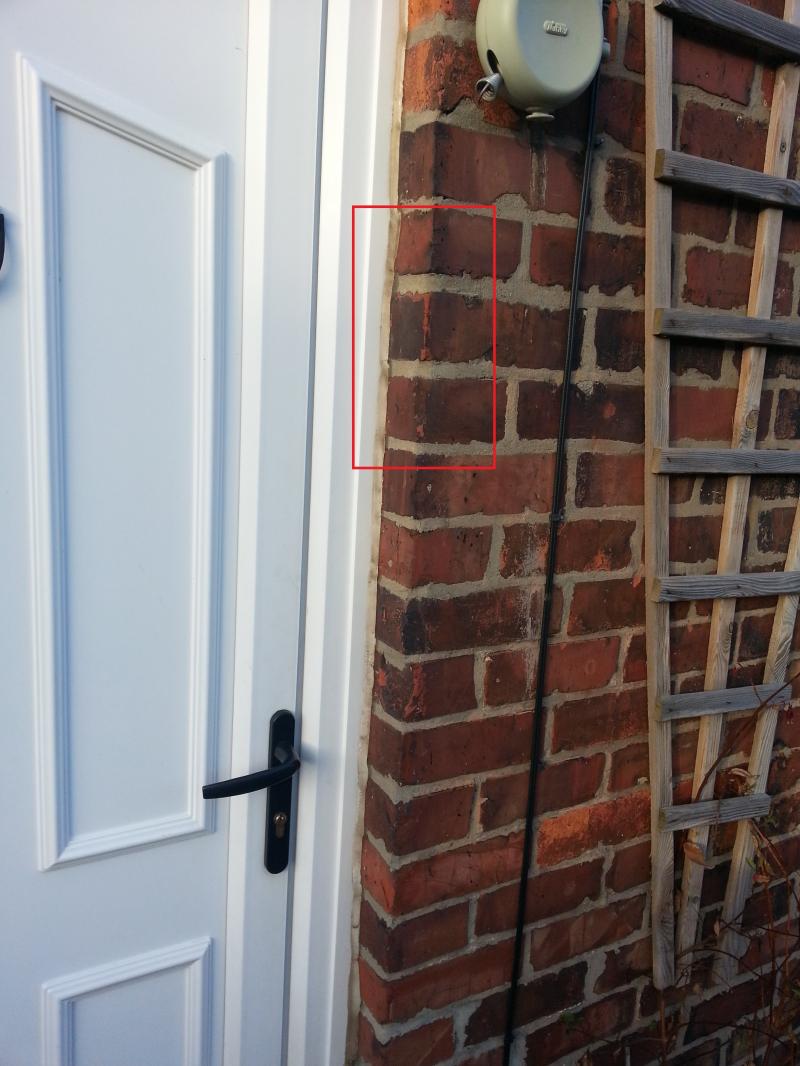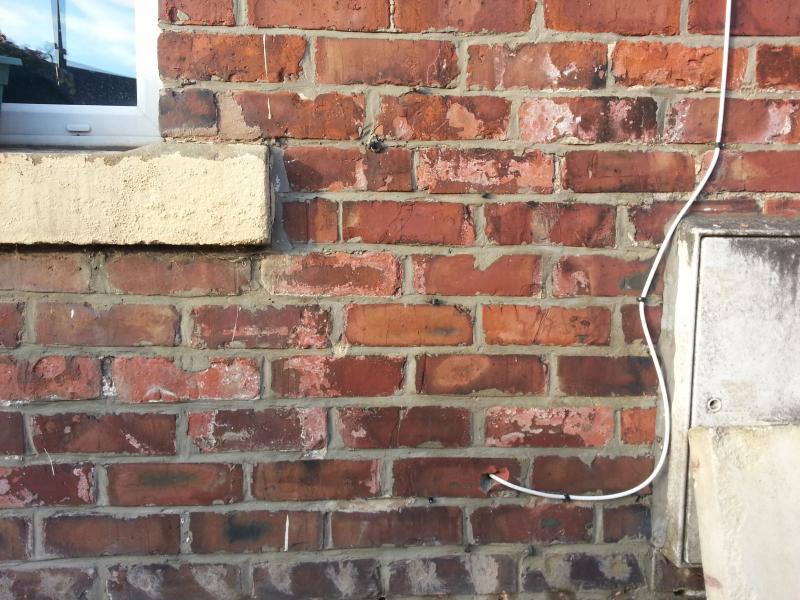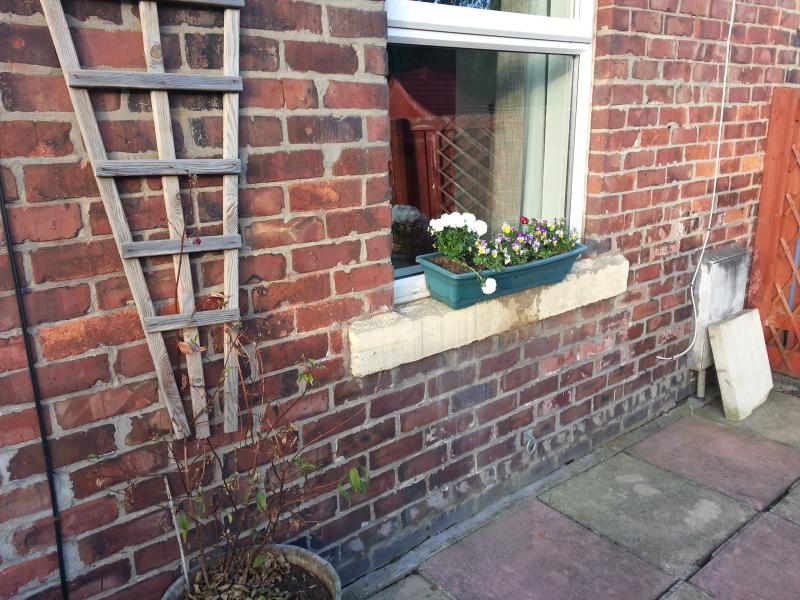Hi,
Recently bought/moved into a old terrace house and 4 months in i'd started to notice wet marks dotted around a wall.
These wet marks start near window corner and move along the wall (never rising from the floor) this is also the same near the front door and cover of the room.
I've attached a picture of the corner and where i've sanded back the wet marks around the window.
I've tried sanding back, and using ronseal damp proof paint which covered the marks great, but the wet marks appear again below/above where i painted.
The bricks outside where the damp marks are look well weathered, and a few flaking (apologies.. i'm a diy amateur)
Any advice??
Recently bought/moved into a old terrace house and 4 months in i'd started to notice wet marks dotted around a wall.
These wet marks start near window corner and move along the wall (never rising from the floor) this is also the same near the front door and cover of the room.
I've attached a picture of the corner and where i've sanded back the wet marks around the window.
I've tried sanding back, and using ronseal damp proof paint which covered the marks great, but the wet marks appear again below/above where i painted.
The bricks outside where the damp marks are look well weathered, and a few flaking (apologies.. i'm a diy amateur)
Any advice??


